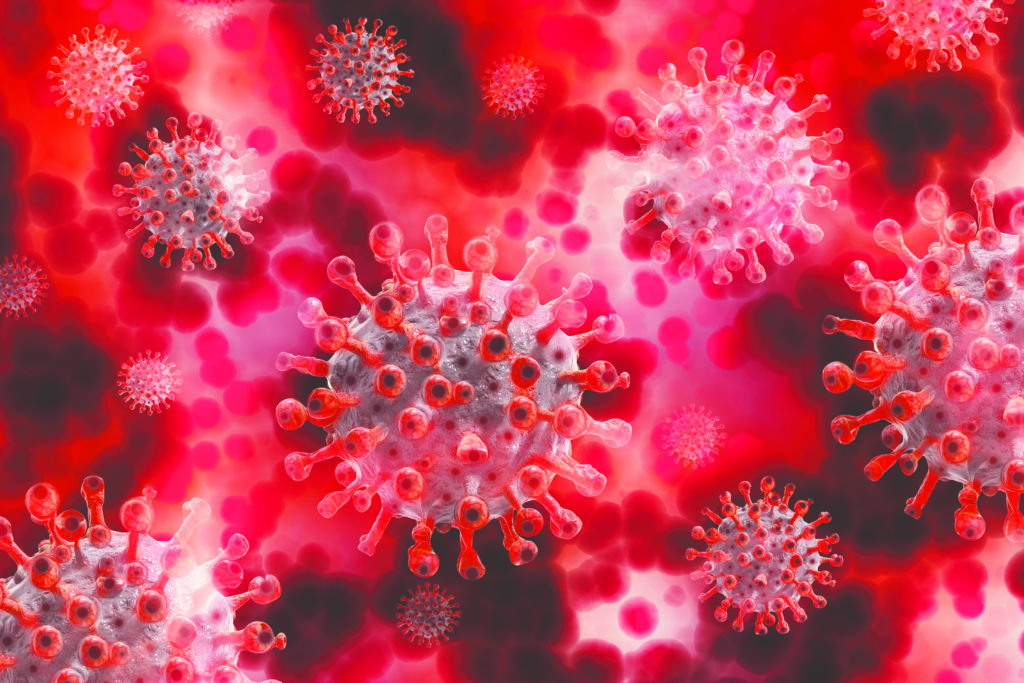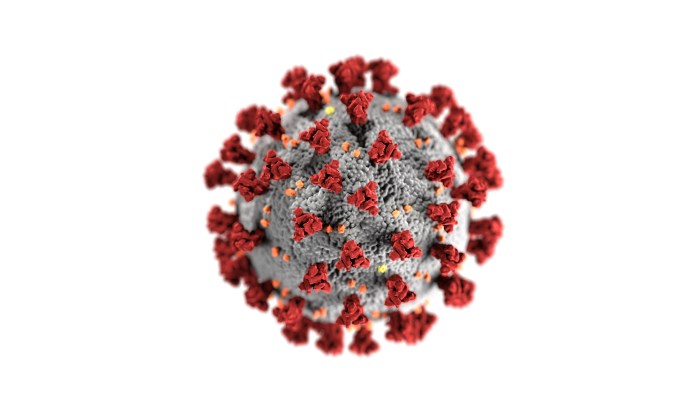Once again, nature asserted an historical imperative: microscopic organisms can have profound impacts on civilizations.
The coronavirus disease that broke out in Wuhan, China, last December has been named COVID-19 and has caused death, suffering and economic and social dislocation across the globe.
Governor Andrew Cuomo, on March 5, announced the first positive case in Long Island.
The first death linked to COVID-19 in Nassau County came on March 17 at Mercy Medical Center in Rockville Centre. It was a 96-year-old male with underlying conditions.
By then both the governor and Nassau County Executive Laura Curran had declared states of emergency, and on March 16, the governor issued an executive order that closed schools across the state. Four days later, Cuomo ordered all nonessential businesses to close on March 24.
Bad Figures
The county has consistently ranked second only to New York City in number of cases and deaths. The explosion of positive cases in Nassau can be traced to late March as testing expanded. On March 16, the county registered 121 positive cases. A week later, the figure had reached 2,969. By April 2, the number was 10,587, with 92 county deaths attributed to the virus.
The peak of the first wave came on April 7, when the state’s Department of Health revealed that 1,938 county residents tested positive, with infections rates touching 50 percent. Statewide, daily deaths approached 800.
The widespread use of masks and social distancing enabled the county to “flatten the curve.” For much of the late spring and summer, daily deaths across the state were in the single digits.
Businesses that had been shuttered were given a lifeline as the county met the state’s successive phased criteria to open up.
On Sept. 14, at Cuomo’s daily coronavirus pandemic briefing, he noted that the statewide infection rate had been below 1.0 percent for 38 straight days and there had been only one COVID-19 death in the state the previous day. But soon after, the rate began inching up with the advent of the expected second wave.
At his Dec. 15 briefing, the governor painted a grim picture, with a statewide positivity rate of 5.33 percent and 128 deaths. On Sept. 13, Nassau County had 52 new cases. On Dec. 14 that number had spiked to 908.
“The facts are that COVID cases, hospitalizations and deaths are all on the rise all across the country,” Cuomo stated. “We are on an unsustainable trajectory and if we don’t act now, hospitals could become overwhelmed come January.”
He added, “Right now, New York is focused on growing hospital capacity through our Surge and Flex program and requiring hospital systems to begin working together so they are prepared. It’s on all of us to be smart, tough, and do what we know stops the spread—socially distance, wear masks and wash our hands. The goal is to avoid another shutdown and we will only be able to do that if we all do our part.”

‘V-Day Comes To Nassau
Northwell Health made history by vaccinating the first person in the United States against COVID-19. On Dec. 14, it injected Pfizer Inc.’s medication into Sandra Lindsay, an intensive care nurse at Long Island Jewish Medical Center in New Hyde Park. Lindsay’s participation kick-started a long-anticipated vaccination deployment program throughout the US, as well as the first phase of Northwell’s three-stage rollout to essential frontline hospital personnel. Physicians, nurses and any staff member working in direct contact with COVID-19 patients will also soon receive the first of the two-dose regimen.
“Today is V-Day in our fight against COVID-19,” Michael Dowling, Northwell president and CEO, said. “This truly is a historic day for science and humanity, one in which we here in New York and across the United States have been waiting for quite some time.”
—Submitted by Northwell Health




























